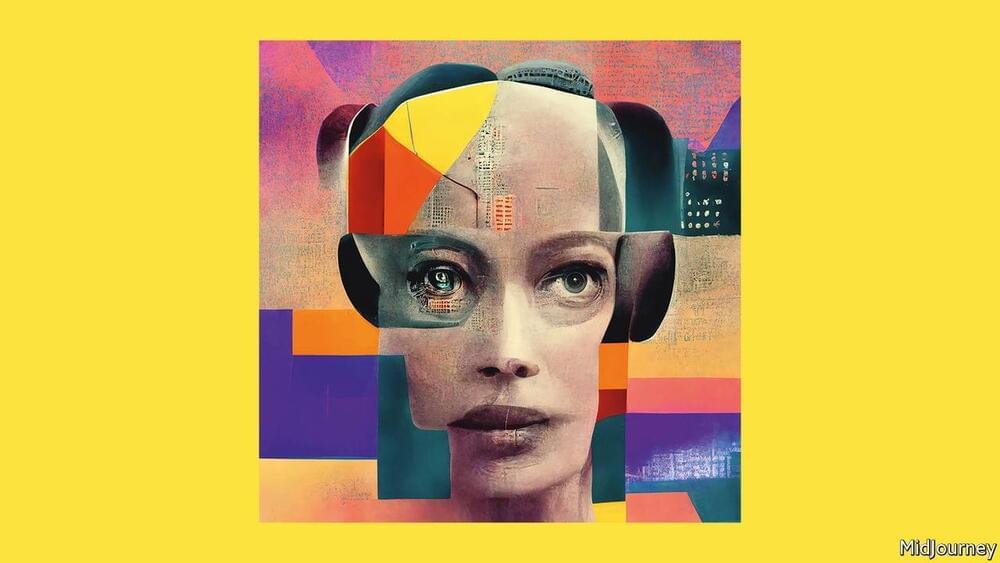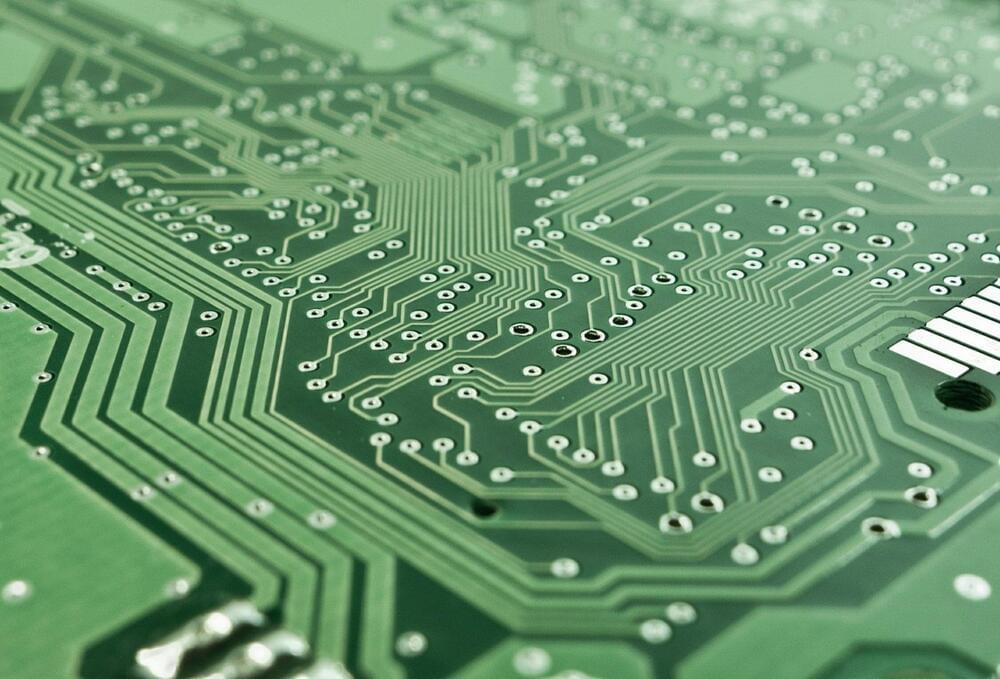Nvidia is caught up in the new sanctions the U.S. is imposing on China. Rita reports the company said it will not be able to export two of its AI chips to China, its second-largest market. That will likely cost Nvidia some $400 million in lost sales for this third quarter and interrupt some production that happens in China. get a roundup of TechCrunch’s biggest and most important stories delivered to your inbox every day at 3 p.m. PDT, subscribe here.
Happy Friday! For those of you excited to see us in your inbox for your daily dose of tech news, unfortunately, you will have to wait until Tuesday to hear from us again because Monday is Labor Day in the U.S. We will be out grilling, wearing white for the last time this year and snoozing in hammocks. We wish you a safe and enjoyable weekend wherever you are. — Christine and Haje.






